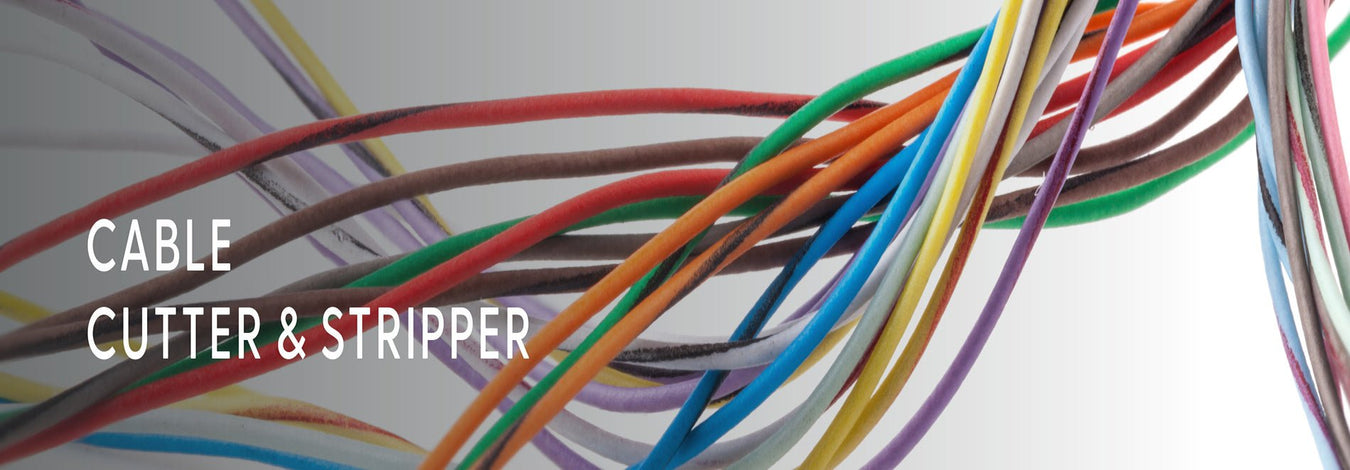
How Can I Crimp a Ferrule Connector?
Crimping ferrule connectors is one of the most critical activities that need to be carried out to guarantee safe, reliable, and effective electrical connections. A ferrule is a metal sleeve used to protect stranded wires from fraying, and it also offers improved conductivity whenever it is inserted into terminal blocks or any other connectors for the termination of stranded wires. However, to attain a perfect crimp, one will require a cable ferrule crimping tool such as the iCrimp Ferrule Crimping Tool and minimum knowledge of how the process is performed. The information that can be found in this article is a detailed procedure for crimping a ferrule connector properly to avoid risky connections.
What is a Ferrule Connector?
A Ferrule connector is a small, cylindrical metal placed over the end of the stranded wire while enclosing a plastic crimped over the ferrule connector. Ferrules can be insulated or non-insulated, with the primary purpose of holding the wire in place, and have to be inserted in a terminal block or connector properly. They supply enhanced conductivity, prevent the wire strands from spreading, and make it easier to insert into the terminals.
What is a Cable Ferrule Crimping Tool?
A cable ferrule crimping tool is an apparatus whose purpose is to join ferrules on the given cable ends. It also provides a snug hold, improving the electrical connection and ensuring the wire cannot slide off. Attachments such as shooting or adjusting to the size of the ferrule can be retrieved with crimping tools. The iCrimp AWG23-10 Bootlace End-Sleeves Ferrule Ratchet Wire Crimping Tool is a good example.
Guide on How to Crimp a Ferrule Connector
Step 1: Collect all Necessary Working Materials
- Stranded wire
- Ferrules – These are conductors of a size as that of the wire
- Wire stripper
- Cable ferrule crimping tool
Step 2: Prepare the Wire
Strip the Wire: Usually, you need to strip the outer cover of the wire ends using a wire stripper such as the HS-D2 Automatic Electric Wire Cable Stripper. The wire's stripped section must also be the same length as the ferrule. Do not strip the wire strands while stripping them since this compromises the connection.
Step 3: Insert the Ferrule
Slide the Ferrule: Place the stripped end of the wire into the ferrule slot, ensuring the ferrule appropriately shields all the individual conductors. For insulated ferrules, please make sure the insulation extends down underneath the ferrule end in a way that will protect it further.
Step 4: Positioning of the Ferrule in the Crimping Tool
Place the Ferrule: Pull the handles apart on the cable ferrule crimping tool. Ensure the ferrule with the wire positioned can fit well in the slot or die of the crimping tool. Check that the ferrule is placed on the right and centered correctly on the crimping tool to obtain equal crimping.
Step 5: Crimp the Ferrule
Compress the Tool: Twist the handles of the crimping tool tightly to make the ferrule engage and tightly wrap around the wire. Exert firm pressure to ensure you get a good and standard crimp on the wire. Take the space tool and detach the crimped part of the ferrule from it. Observe that the crimp is solid and that there are no loose strands of the cable sticking out.
Step 6: Test the connection
Insert the Crimped Ferrule: Place the crimped ferrule into the terminal block or the connector. Determine if the wire is firmly seated or then turn the terminal block or connector screw to tighten it. After this, you must pull the wire gently to set it tight so it does not come undone easily.
Read more: How Can I Test a Crimped Cable?
Bottom line
Twisting ferrule connectors is a straightforward process that significantly enhances the effectiveness of electrical contacts. Therefore, you will have effective wire connections when implementing the above methods and using a quality ferrule crimping tool. Both connection webs must be solid and long-lasting, using perfectly selected tools, high-quality crimping tools, and ferrules from iCrimp.
References





